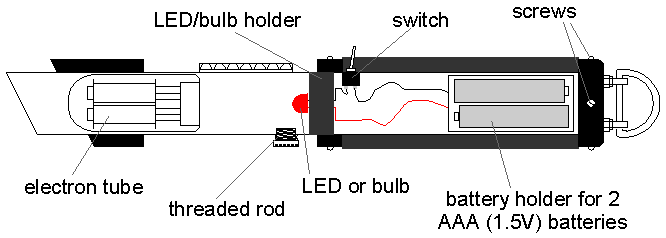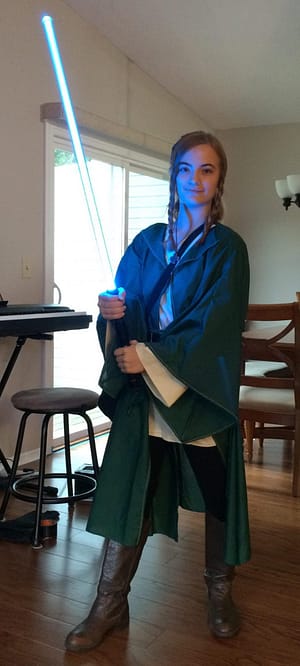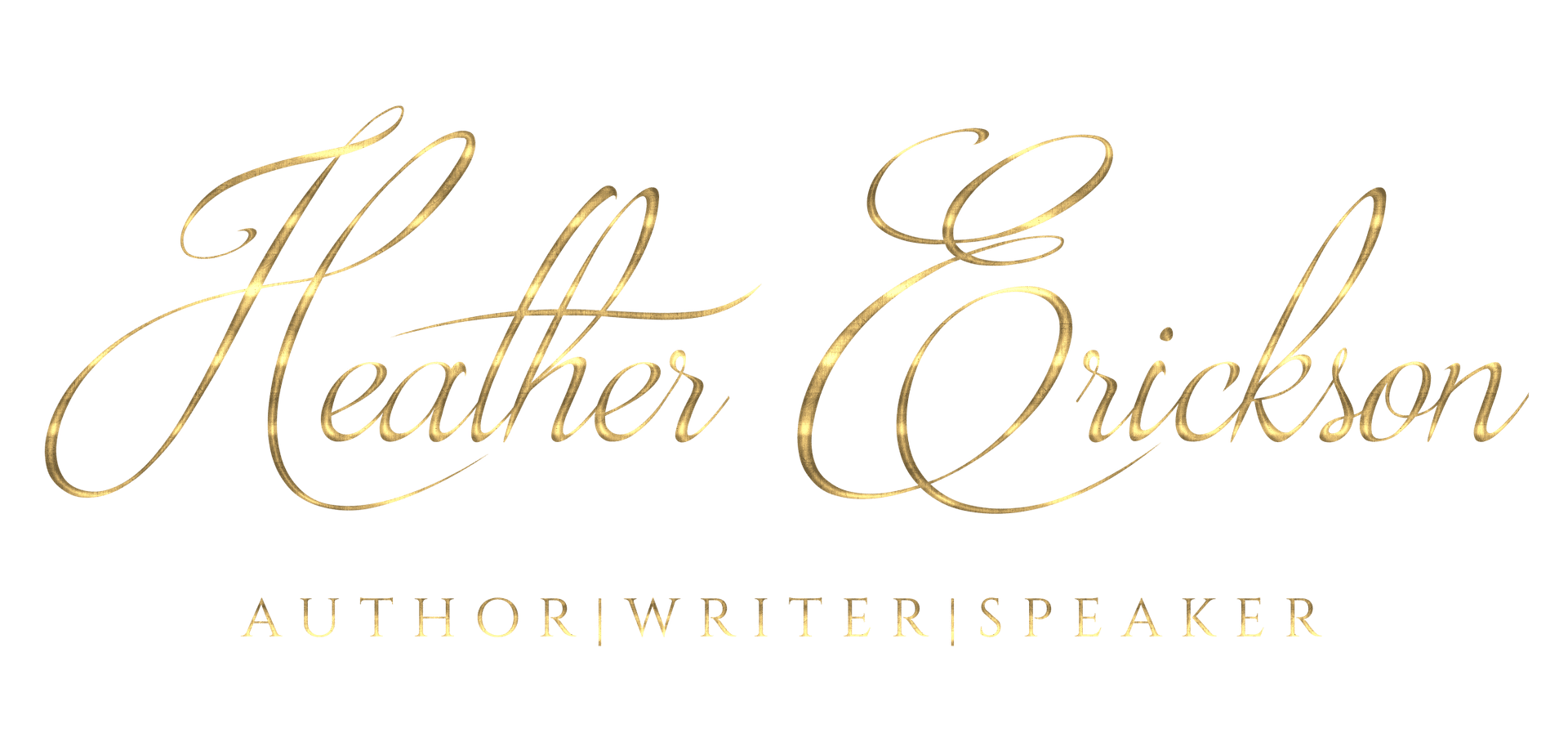
For this post about making prototypes, I decided to interview my 16-year-old daughter, Samantha. Whenever anything breaks or needs assembly, I call on her. She thinks like an engineer, which is good because she is going to school to become a biomedical engineer. Last year she made a lightsaber like they use in the Star Wars films.
How prototypes can benefit any project

Me: You made a lot of drawings and prototypes prior to actually assembling your lightsaber. In what ways did that help you?
Samantha: There is a reason that engineers and researchers make blueprints and prototypes before building whatever device they have in mind. I made many drawings, made notes, and even created several prototypes that would mirror what my lightsaber would eventually look like. That helped me visualize what I was going to create and how I was going to create it.
Me: How did creating these Prototypes help save you time and frustration as you actually assembled the project?
Samantha: I went through some frustrating experiences making my prototype. By the time I worked on the real deal I had all of my plans laid out in front of me. Then, I was able to go through the process of building my project easily and fully informed. The prototypes helped me understand what I would need to do—and what I needed to do it. Without them, I would’ve run into some trouble.
Prototype vs. the Real Thing
Me: What changes did you make to the actual project, versus your prototype?
Samantha: When I first started my project I was debating what material I would make the hilt out of. I considered using wood but decided against it because it could catch on fire. The electrical components can get hot. I also considered using 3-D printing, but it turned out that would be very expensive and not as durable as I needed it to be. So, I ended up using aluminum.
I’m incredibly proud of Samantha. I have no idea where she got that beautiful engineer’s brain (because it wasn’t from me) but it sure is fun to see her use it!
Prototypes for Writers
Yet, I do use prototypes when I write, These are in the form of a detailed outline, not just the bare minimum. This outline includes a summary of each chapter. If I’m writing a novel, I ensure the story arcs are placed correctly and that the pacing will be good. This will to save a lot of time later on.
Whatever your creative endeavor, making a prototype will take some extra time, but it will save you even more in the long run.
 I’m doing double duty this month during the A to Z Blogging Challenge. Here at Heather Erickson Author/Writer/Speaker, I will share ideas for “Thinking Creatively.” I’ll also be doing the challenge at Facing Cancer with Grace, where I will focus on “Avoiding Burnout.” I hope you’ll visit me at both sites. While you’re here, sign up for my email list. Today’s post is P is for Making Prototypes.
I’m doing double duty this month during the A to Z Blogging Challenge. Here at Heather Erickson Author/Writer/Speaker, I will share ideas for “Thinking Creatively.” I’ll also be doing the challenge at Facing Cancer with Grace, where I will focus on “Avoiding Burnout.” I hope you’ll visit me at both sites. While you’re here, sign up for my email list. Today’s post is P is for Making Prototypes.
Rapid Prototyping
“Rapid prototyping has been key to the design and development of the brainsparker app. First, we used rough paper mock-ups, and then we refined these as digital screenshots. We shared our prototypes with others, watched how they used them and got their instinctive feedback. It saved us a lot of wasted time, energy and money. Think of a concept or idea you’re working on.”
- How could you mock-up or prototype your best ideas?
- Who could you test these with?
- What would be the benefit of doing this?
And just remember that your prototypes don’t have to be perfect!
What Are YOUR Thoughts?
I’d love to hear in the comment section, below. I appreciate my readers as well as the writing community. To show that appreciation, I use Comment Luv. Just leave a comment below and your latest post will get a link next to it. Thank you!
About Heather Erickson
I am an author, writer, and speaker and homeschooling mom of 3. Since doctors diagnosed my husband, Dan with stage IV lung cancer in 2012, I’ve focused my writing and speaking on helping cancer patients and their families advocate for themselves and live life to the fullest, in spite of their illness. My goal is to help people face cancer with grace. My books are available at Amazon.com:
Facing Cancer as a Friend: How to Support Someone Who Has Cancer
Facing Cancer as a Parent: Helping Your Children Cope with Your Cancer
I also blog about living with cancer at Facing Cancer with Grace.

3 comments on “P is for: Making Prototypes”
John Holton
April 18, 2019 at 3:20 pmYou have every reason to be proud of your daughter. That’s quite an undertaking.
Liz A.
April 18, 2019 at 9:40 pmI do the same thing in knitting when I’m designing something. Must figure all the things out before sitting down and putting it all together.
heatherericksonauthor
April 22, 2019 at 9:11 pmMy daughter recently made me a hat and she called it a toe-sock hat because she knitted it the same way she does the toe fo a sock (and then added a pom-pom).